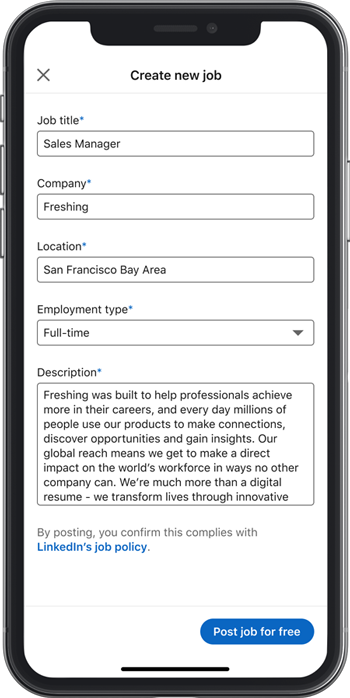This is a question I think many executives and HR and TA leaders struggle with. SHRM hasn’t come out and given guidance. ATAP has not told us at what levels we should be at with our diversity mix. So, how do we come up with this answer?
Seems like we should probably be roughly 50/50 when it comes to male and female employees. Again, that’s a broad figure, because your customer base probably makes a difference. If you’re selling products and services mostly women buy, you probably want more women on your team.
The more difficult mix to figure is when it comes to race. Should we be 50/50 when it comes to race in our hiring? Apple has taken it on the chin the last few years because of their demographic employee mix, and even as of this week, are still catching criticism for having only 1/3 of their leadership team is female, and only 17% of their entire team being black and Hispanic. 55% of Apple’s tech employees are white, 77% are male.
So, what should your diversity mix be?
The most recent demographics of race in America show this:
- 61.3% are white
- 17.8% are Hispanic/Latino
- 13.3 are black
- 4.8% Asian
Some other interesting facts about American race demographics:
- 55% of black Americans live in the south
- White Americans are the majority in every region
- 79% of the Midwest is white Americans
- The West is the most overall diverse part of America (where 46% of the American Asian population live, 42% of Hispanic/Latino, 48% of American Indian, 37% of multi-race)
So, what does this all mean when it comes to hiring a more diverse workforce?
If 61.3% of the American population is white, is it realistic for Apple to hire a 50/50 mix of diversity across its workforce? I go back to my master’s research project when looking at female hiring in leadership. What you find in most service-oriented, retail, restaurants, etc. organizations are more male leaders than female leaders, but more female employees than male employees.
What I found was as organizations with a higher population of female employees hired a higher density of male employees as leaders, they were actually pulling from a smaller and smaller pool of talent. Meaning, organizations that don’t match the overall demographics of their employee base have the tendency to hire weaker leadership talent when they hire from a minority of their employee base, once those ratios are met.
In this case, if you have 70% female employees and 30% male, but you have 70% male leaders and only 30% female leaders, every single additional male you hire is statistically more likely to be a weaker leader than hiring from your female employee population for that position.
Makes sense, right!
If this example of females in leadership is true, it gives you a guide for your entire organization in what your mixes should be across your organization. If you have 60% of white employees and 50%, female. Your leadership team should be 60% of female leaders.
But!
What about special skill sets and demographics?
These throws are demographics off. What if your employee population is 18% black, but you can’t find 18% of the black employees you need in a certain skill set? This happened in a large health system I worked for when it came to nurse hiring. Within our market, we only had 7% of the nursing population that was black, and we struggled to get above that percentage in our overall population.
Apple runs into this same concept when it comes to hiring technical employees because more of the Asian and Indian population have the skill sets they need, so they can’t meet the overall demographics of their employee population, without incurring great cost in attracting the population they would need from other parts of the country to California.
Also, many organization’s leaders will say instead of looking at the employee base we have, let’s match the demographic makeup of the markets where our organizations work. At that point, you are looking at market demographics to match your employee demographics. Again, this can be difficult based on the skill sets you need to hire.
If I’m Apple, I think the one demographic that is way out of whack for them is female hiring. 50% of their customers are female. 77% of its employees are male, but only 33% of their leadership is female. It would seem to make demographic sense that 50% of Apple’s leadership team should be female.
Thoughts? This is a really difficult problem for so many organizations, and I see organizations attempting to get more ‘diverse’ in skin color without really knowing what that means in terms of raw numbers and percentages.
What are you using in your own shops?

